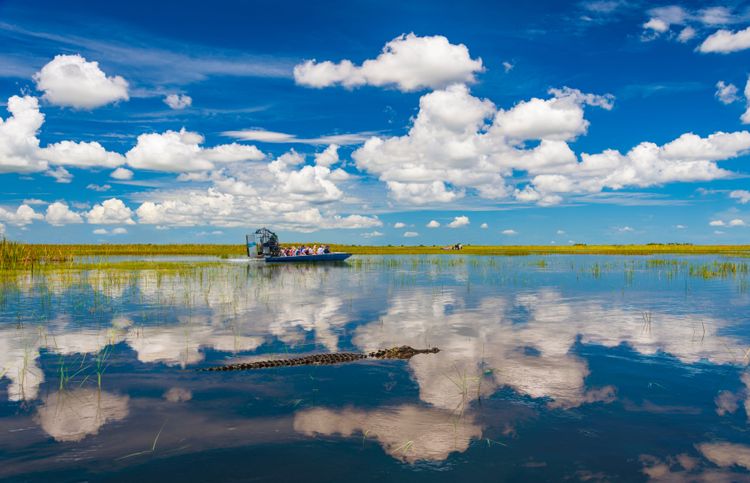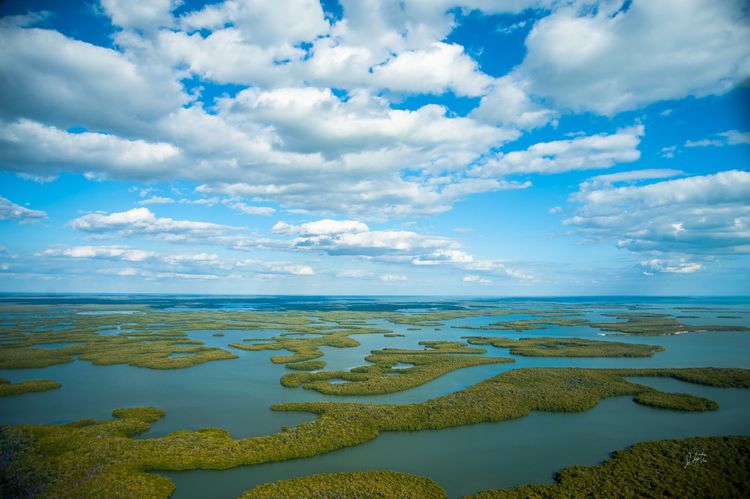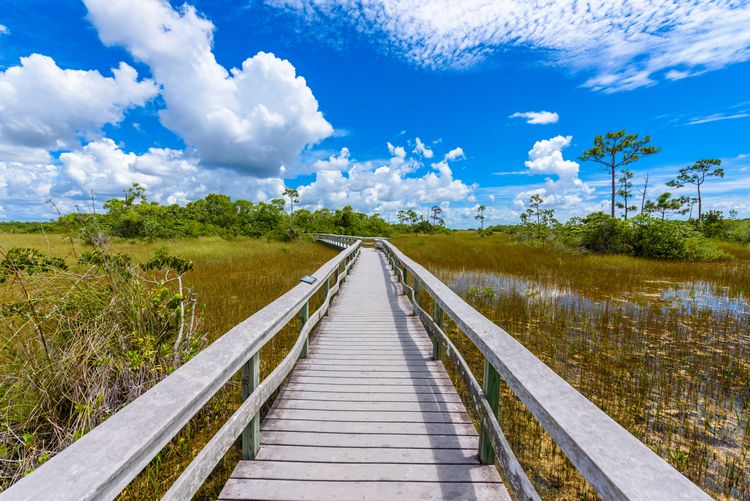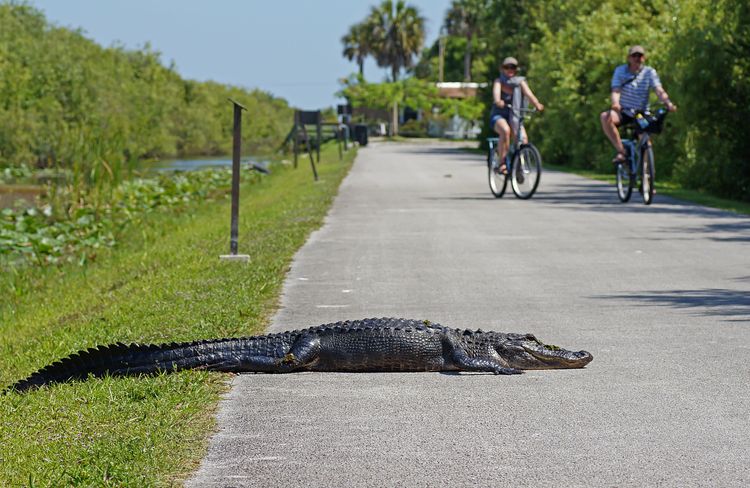How do I get to Everglades National Park from Miami?
A car is essential. The Everglades begins just outside the Miami metropolitan area and can be reached quickly from Tamiami (north) or Homestead (south).
Entrance fees for Everglades National Park :
- Private vehicle, valid for 7 days: $30 (motorbike $25)
- Pedestrian / cyclist / canoe-kayak, valid for 7 days: $15
- Digital passes can be booked online on the Everglades National Park website
Seasons in the Everglades
There are two seasons in the region: the dry season from December to April, which is the most pleasant (high season), and the wet season from May to November (low season).
How can you discover the Everglades?
Hiking, on foot or by bike on certain trails, is still the best way to explore the Everglades, along with kayaking. Kayak hire companies can be found all around the national park. Numerous guided excursions are available along the roads, including byairboat.
How long can I stay in Everglades National Park?
One day is the bare minimum: choose between the north and south of the national park. You can combine them over two days, but ideally, you should stay three days or more to observe the animals and immerse yourself in the unique world of the Everglades.
Where to stay in the Everglades?
- Hotels are hard to come by in the swamps! The nearest hotels are in Homestead, Florida City or Everglades City.
- Otherwise, bring a tent, because camping is still the best way to sleep in the national park, at Flamingo for example. Always book well in advance.
- There are wilderness camping areas in the park, some with toilets, or accessible by kayak on small islets. Make sure you register with the park authorities at Flamingo or the Gulf Coast Visitor Centres.
 Florida
Florida













